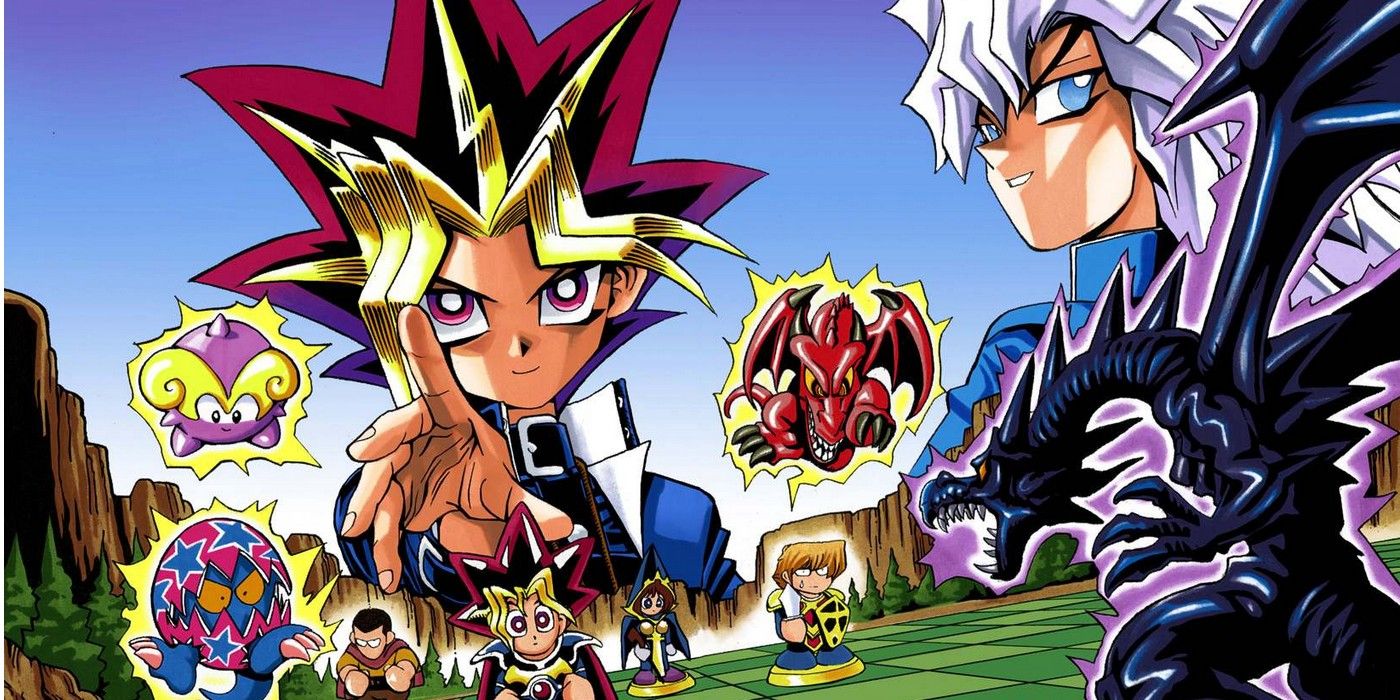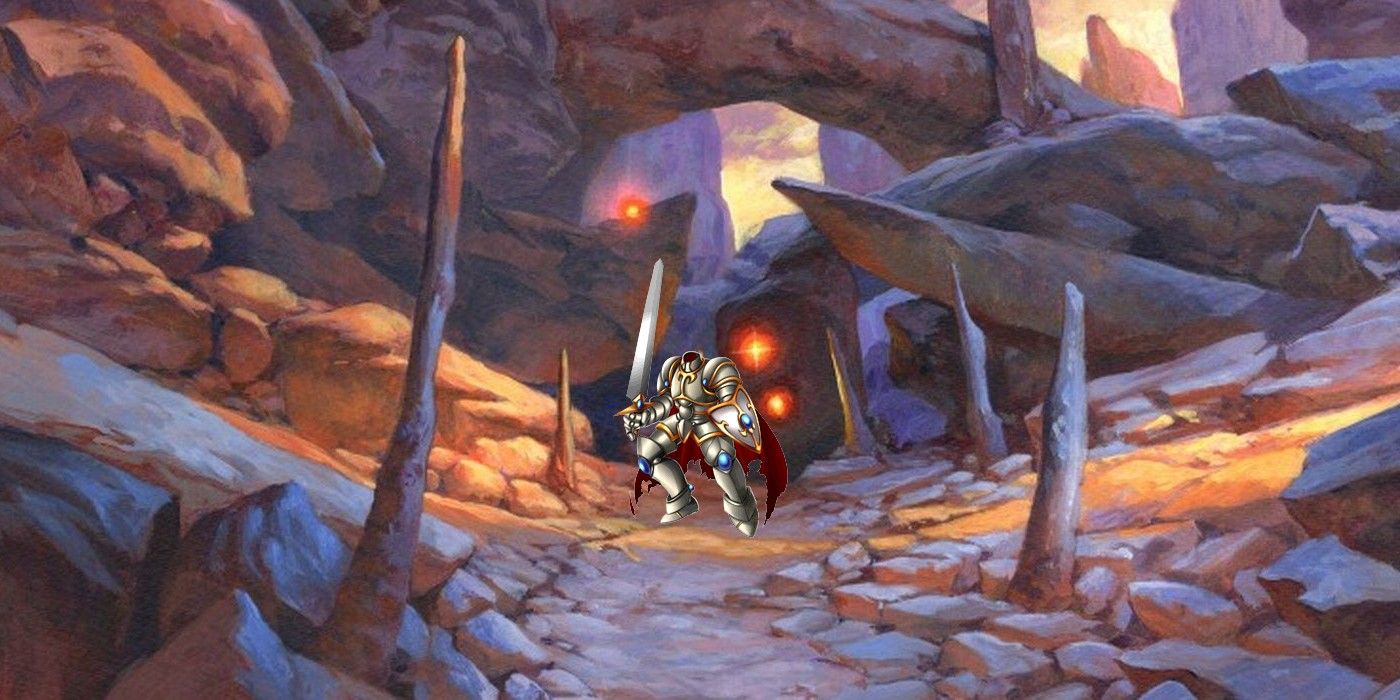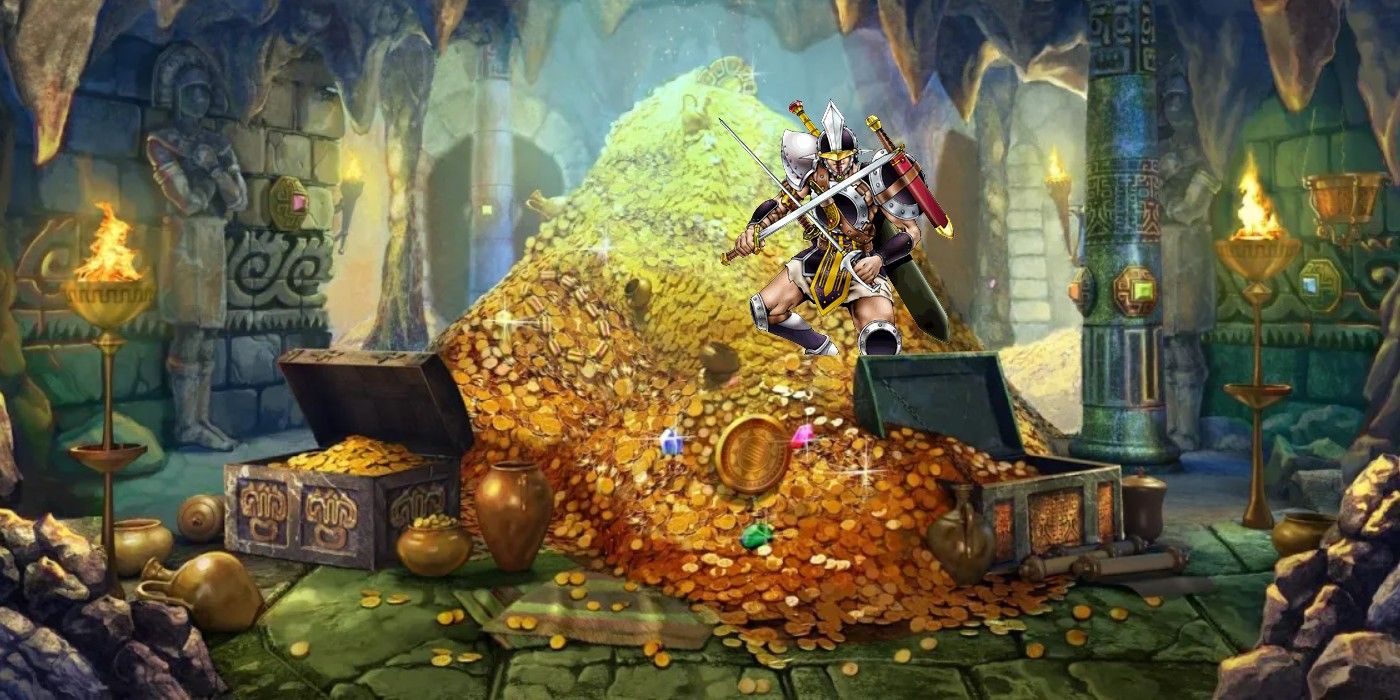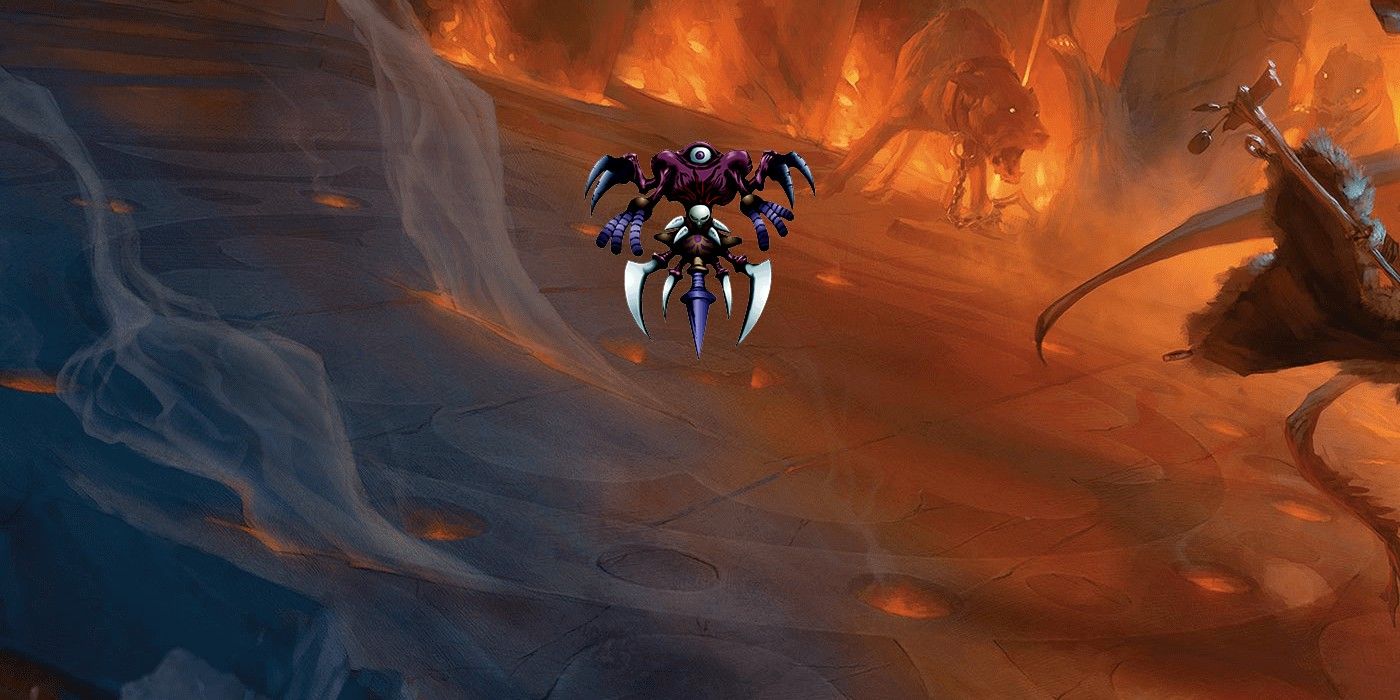There are plenty of ways to integrate Yu-Gi-Oh into a homebrew campaign of Dungeons & Dragons, particularly when it comes to the anime and card game's many monsters. Homebrewing is a time honored tradition in D&D; DMs find themselves wanting to look outside of the source books when creating their campaigns, and that time spent playing outside the box has led to amazing results for several games. There is a lot of gain to come from introducing something completely new into an adventure, and that sort of wonder is what homebrewers thrive on.
Homebrewing can also include adding content from outside D&D into a campaign. Almost every DM has significant interests outside of Dungeons & Dragons, and they've assuredly thought about combining them together at some point. Many outside homebrew ideas have been played in D&D, including video games, so the only question that really needs to be taken into account is how something can be added to the adventure in a fitting way.
One franchise that has a nearly endless supply of potential D&D concepts at the ready is Yu-Gi-Oh. With thousands of monster cards in the game, there is an extremely long list of monsters and characters that could be adapted into a campaign by a DM with a solid plan. While the options are seemingly innumerable, the examples given in this article should be a good jumping-off point for anyone seriously interested in adding some Duel Monsters flavor into their campaign.
Yu-Gi-Oh Monsters In D&D - The Headless Knight
Headless Knight is a monster that very briefly had prominence in the deck of the original series' villain Yami Bakura, but has since fallen into obscurity. However, what little lore it has can be used to design an excellent Dungeons & Dragons NPC. It doesn't provide a lot of information, but it gives enough to create a framework to build off of.
According to the card's own description, Headless Knight is "A haunted spirit of a falsely accused knight who wanders in search of truth and justice." This sentence alone opens the potential for him to be used as a major plot hook in a campaign. Imagine a party finding this strange knight on their travels. He is unable to communicate verbally, so they have to find some other way to relay information. They learn that he was one of the land's heroes, falsely accused of an atrocity and beheaded for the crime he did not commit. His restless spirit continues onward, searching for a way to prove his innocence and restore the honor of his besmirched name.
The Headless Knight is a tragic character to bring to a D&D campaign. He could be a major pivot in the journey that leads them on the path towards the big villain, and his past with the cruel being that ruined his life could raise the emotional stakes of the journey. A DM with a flair for storytelling could take this silent, restless hero and make him an endearing part of the story.. Sometimes a world needs more heroes than just the party, and the Headless Knight fits the bill.
Yu-Gi-Oh's Sword Hunter Could Be Perfect In D&D
Sword Hunter is a monster that gets a small power boost every time it defeats an enemy in battle. In the game of Yu-Gi-Oh, it never saw high-level play due to the effect not really being worth the effort that it takes to bring the monster out in the first place. Although the Sword Hunter has no official lore, its effect and name combined can give enough of an idea to create a very intimidating villain of a D&D adventurer.
For this quest, the party could hear rumors of warriors mysteriously turning up dead in the wilderness outside of town with their weapons missing. Upon agreeing to investigate, they head into the fields and find the latest victim, following the trail to a hideaway filled with rare and unique weapons. It is here that they meet the culprit, the Sword Hunter. He considers himself the true apex of warriors, and believes that he is the only one who deserves to be in possession of such fine weapons. With the party having found his collection, he attacks without remorse, intending to add their weapons to his personal gallery.
Once the fight starts, the D&D DM should create Sword Hunter's combat style in a unique way. He could have a bonus to sundering weapons, preferring to disarm his enemies before landing the final blow. Perhaps he grabs weapons from his collection and uses them during the battle, giving him a wide and unexpected variety of attacks. It would be a challenging fight, but potentially an extremely lucrative one for the party. Considering the Sword Hunter's collection of weapons, there would surely be a choice item for each member of the party hidden somewhere amidst his vast hoard. The Sword Hunter could be a good choice for a DM who wishes to richly reward their players after a tough fight.
Chakra Is A Frightening Endgame Boss That Signals Destruction
Many Ritual Monsters from the early days of Yu-Gi-Oh quickly fell into obscurity because they were not strong enough to warrant their difficult summoning requirements. However, many of them do have distinctive designs that are perfect for a unique D&D adventure. One in particular that practically screams to be put into a D&D campaign is the deeply ominous Chakra.
Considering it's disturbing appearance and origin as a Ritual Monster, a plot for Chakra is quite easy to come up with. The campaign involves the party tracking the actions of a cult that seeks to summon an evil being in order to enact their twisted idea of judgment upon the world. Although the party managed to destroy plenty of the cult's operations, the leader still managed to summon Chakra, albeit in a weakened form. As the horrific beast emerges, the party must fight it quickly and vanquish it before it can regain its lost power and doom the realm.
The DM should be encouraged to be creative with Chakra's abilities. It is a bizarre creature of horrific origin, and its tactics should be eldritch and disturbing as its appearance. Stakes are high at a D&D campaign's ending, and the players should feel that. Make full use of atmosphere when describing the fight. Have Chakra visibly desecrate the ground under itself, or cause the light to disappear from the sky while it exists on the plane. Make sure that the battle feels like a fitting final chapter for everything that the campaign has built towards.
There are a lot of ideas that could be pulled from Yu-Gi-Oh that could be expanded upon in tabletop campaigns. Add new monsters for the players to fight, introduce them to new NPCs, and establish new threats. The world of Dungeons & Dragons can expand infinitely, so there is no reason to disregard an opportunity to explore.




